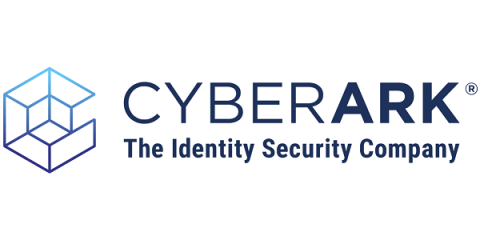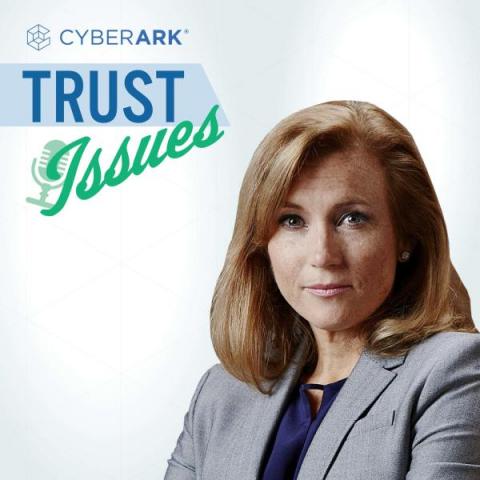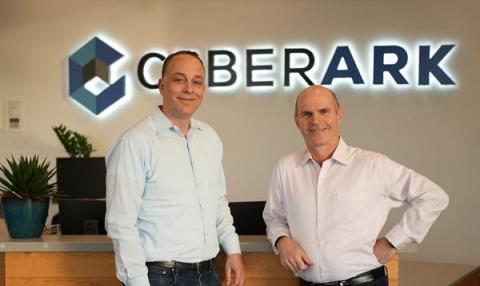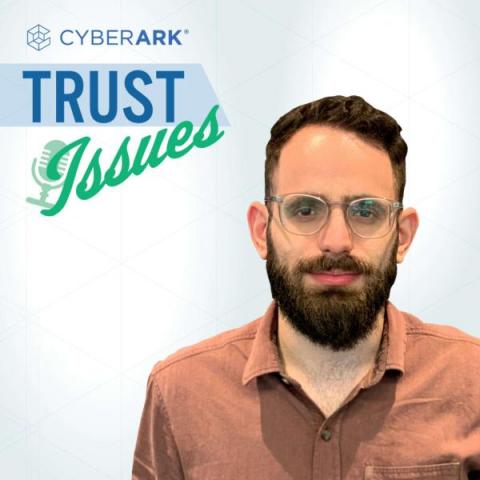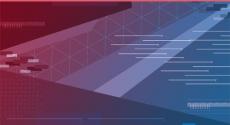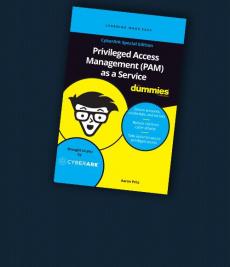Why the Phishing Blame Game Misses the Point
Phishing is a big problem that’s getting even bigger as cybercriminals find new ways to hook employees. With threats coming from every direction – emails on company computers, text and voice messages on mobile devices and in personal communications channels, malicious typosquatting sites, phony marketing QR codes and more – it’s only a matter of time before someone trips up and opens or clicks on something they shouldn’t.


